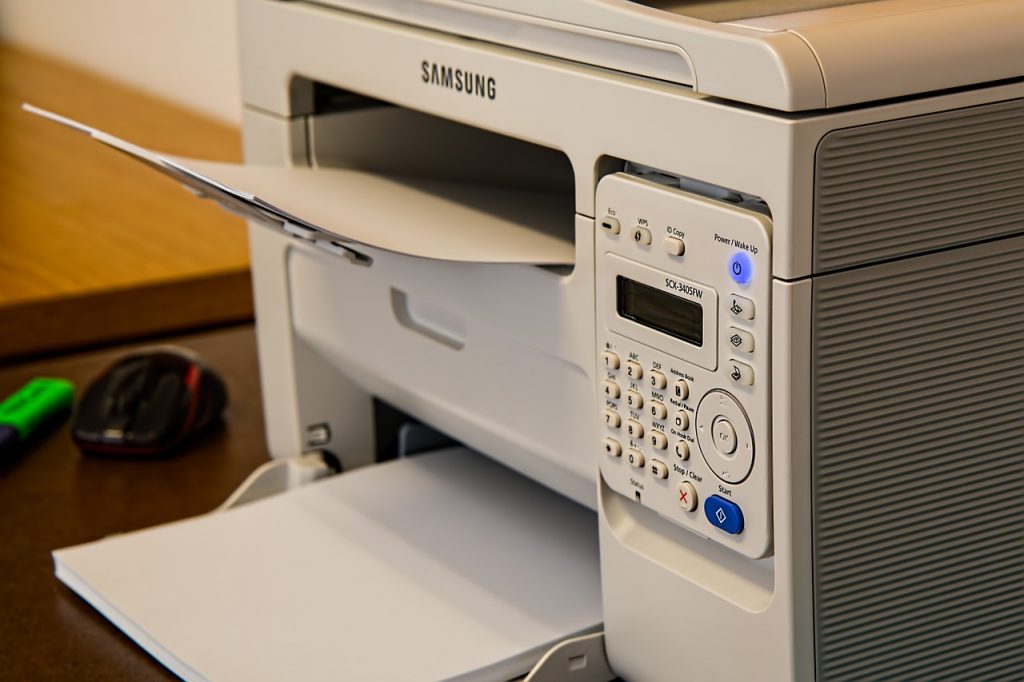How to Integrate Print Workflow Software with Existing Systems
In today’s fast-paced business landscape, efficiency and seamless integration are key to staying competitive. This is especially true for organizations that heavily rely on print workflow processes, as connecting print management systems with existing infrastructure can be challenging.

However, with the right approach and print workflow solutions, businesses can streamline their operations and improve productivity. In this post, we will explore effective strategies for integrating print workflow software with existing systems.
1. Assess Your Current Setup
Before diving into the process of integrating print workflow software, businesses should thoroughly assess their current setup. Identify all the existing systems that play a role in the print workflow process, such as enterprise resource planning (ERP) solutions, customer relationship management (CRM) systems, and document management software. Understanding how these systems interact with each other will help determine where integration opportunities lie.
2. Choose a Comprehensive Print Management Solution
To seamlessly integrate print workflow software with your existing systems, it’s essential to select a comprehensive print management solution. Look for software that offers robust capabilities such as centralized job submission, holistic job tracking, automated job routing based on predefined rules, real-time reporting and analytics, and seamless integration with popular ERP and CRM platforms.
3. Ensure Compatibility
Compatibility between your print workflow software and existing systems is paramount for successful integration. Hence, make sure to evaluate each component of your infrastructure carefully before finalizing any investment decisions. Confirm if your chosen print management solution offers out-of-the-box integration capabilities or if it necessitates further customization or development work.
4. Explore API Integration Options
Many modern print workflow software platforms come equipped with Application Programming Interfaces (APIs). These APIs allow for easy integration between different applications or platforms by enabling them to communicate effectively with each other in a standardized manner. By leveraging APIs offered by both your existing systems and the chosen print management solution provider, you can create seamless connections that facilitate data exchange, automate tasks, and ensure information consistency.
5. Conduct Thorough Testing
Before fully implementing the integrated print workflow solution, it is critical to thoroughly test all aspects of the integration. Take into account various scenarios and user interactions to ensure a seamless experience across different systems. Identify potential issues early on and address them with your software provider to minimize downtime and disruption during the migration.
6. Train Employees
The success of integrating print workflow software within an organization heavily depends on clear communication and proper education and training. Ensure that all relevant stakeholders, from IT personnel to end-users, are well-versed in using the new print management system and understand how it integrates with existing systems. Regularly conduct comprehensive training sessions or provide access to online resources such as video tutorials or documentation.
7. Monitor and Optimize
Integration is an ongoing process, and it’s crucial to continuously monitor the performance of your integrated print workflow solutions. Keep track of key performance indicators (KPIs) such as turnaround times, error rates, cost savings, and customer satisfaction metrics. Regularly evaluate these metrics to optimize workflows further, identify areas for improvement, and make informed decisions regarding future enhancements.
8. Ensure Scalability for Future Growth
When integrating print workflow software with existing systems, it’s essential to consider scalability for future growth and changing business demands. As your organization evolves, it may require additional functionality or the integration of new systems. To ensure a scalable solution, choose print management software that offers flexibility and the ability to easily incorporate new modules or expand capabilities when needed. By future-proofing your integrated print workflow, you can adapt to evolving market trends and stay ahead of the competition.
Conclusion
Integrating print workflow software with existing systems can significantly enhance productivity by streamlining processes, reducing errors, and improving efficiency throughout the organization. By assessing current setup provisions, selecting a comprehensive solution that ensures compatibility with existing systems, leveraging APIs for seamless communication between applications, conducting thorough testing before implementation, investing in training programs for employees’ successful adoption—you will pave the way for streamlined operations that drive growth and succeed in today’s competitive market.
Remember that achieving a successful integration requires understanding your specific business needs—consider seeking advice from software integration professionals who can guide you through each step of the process.

